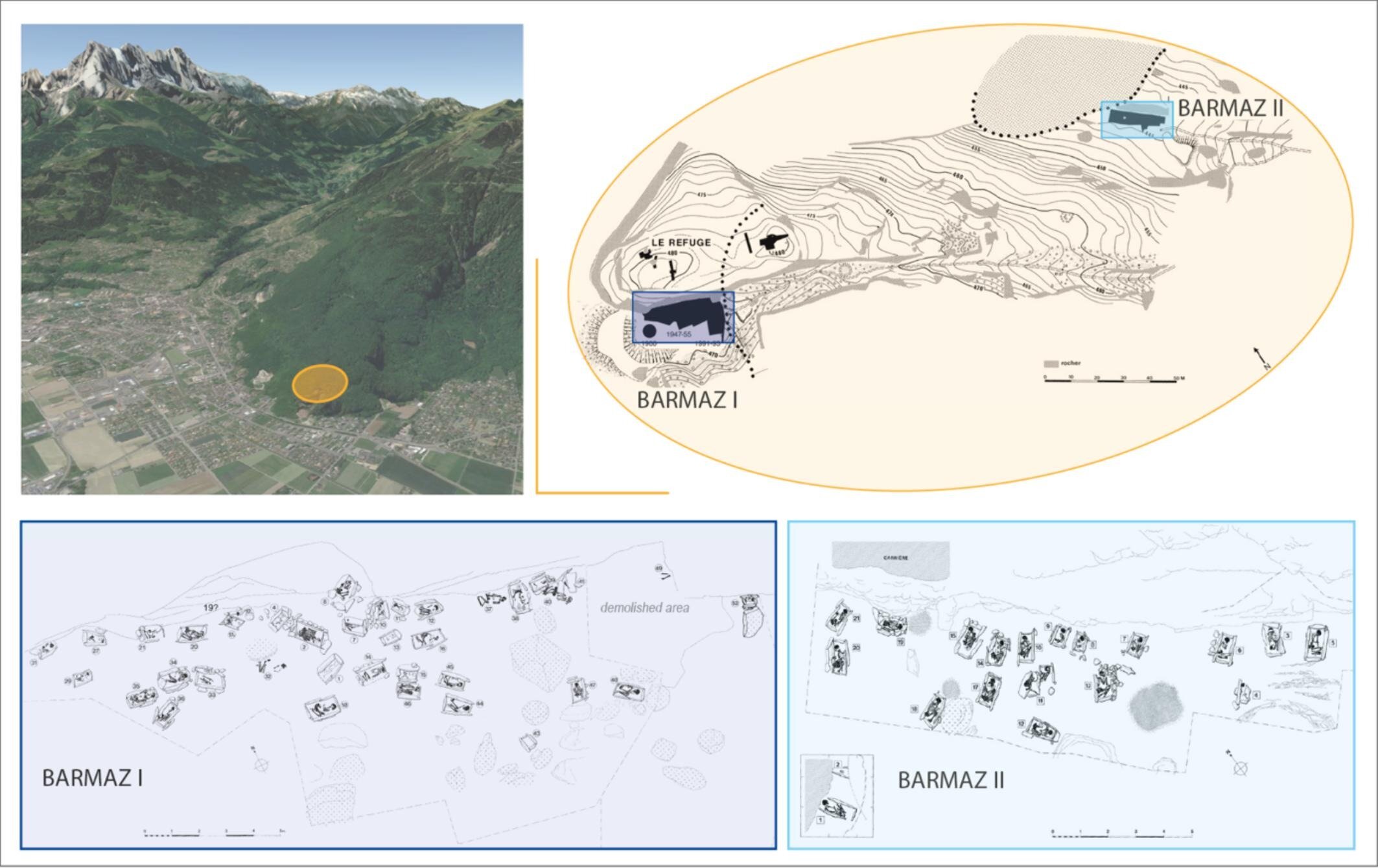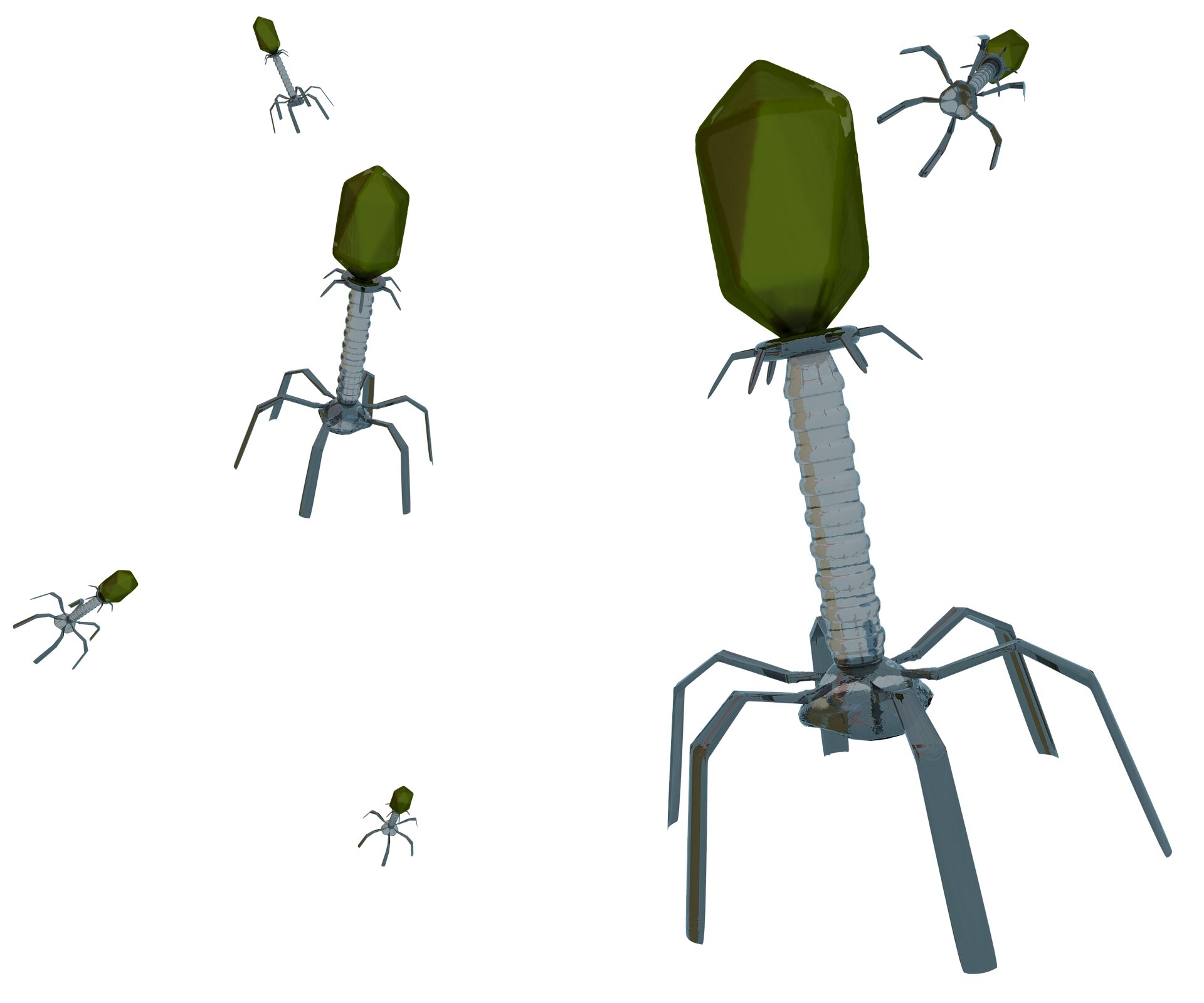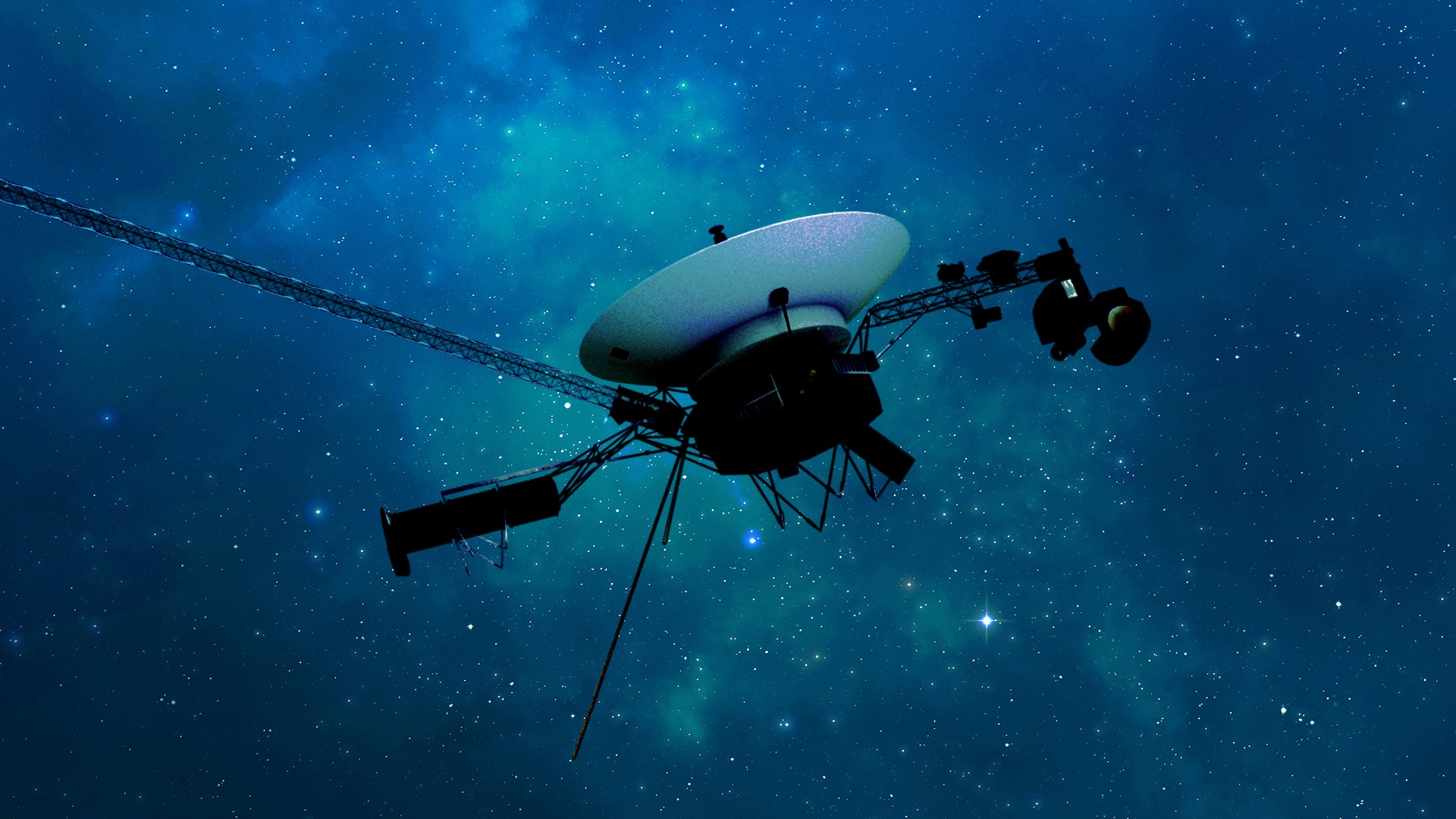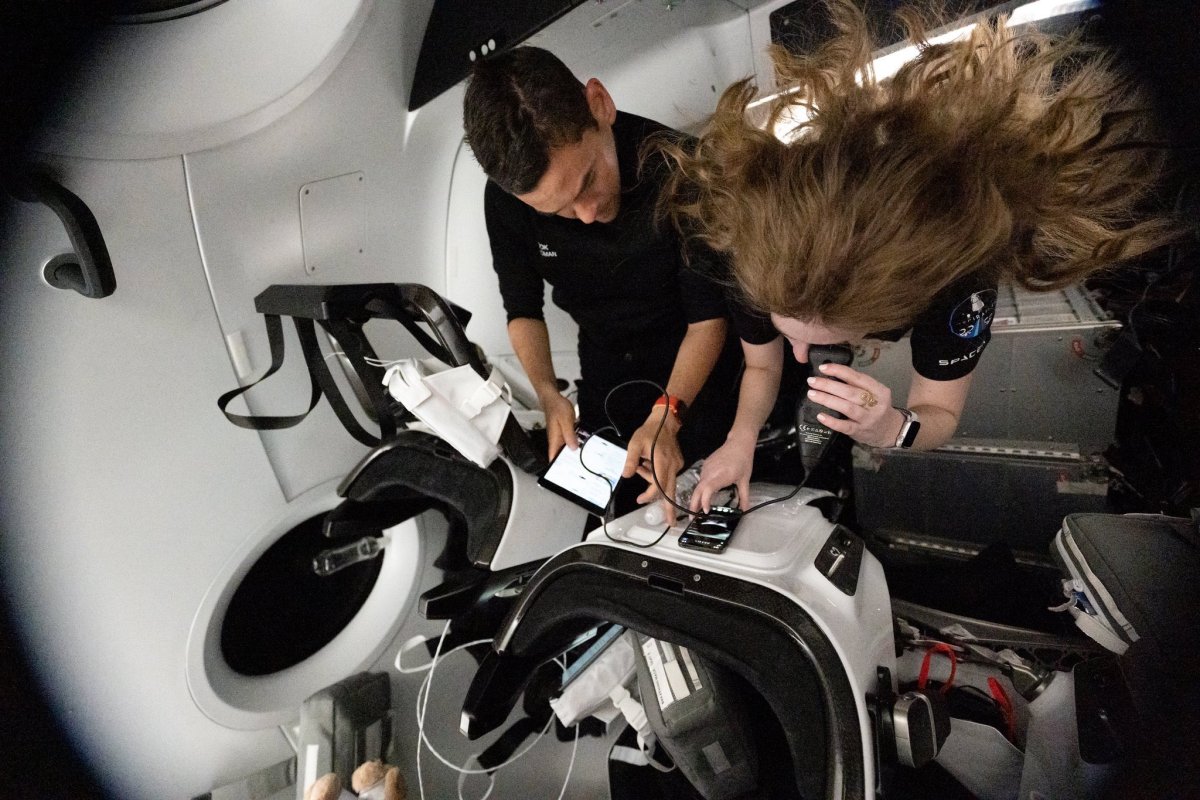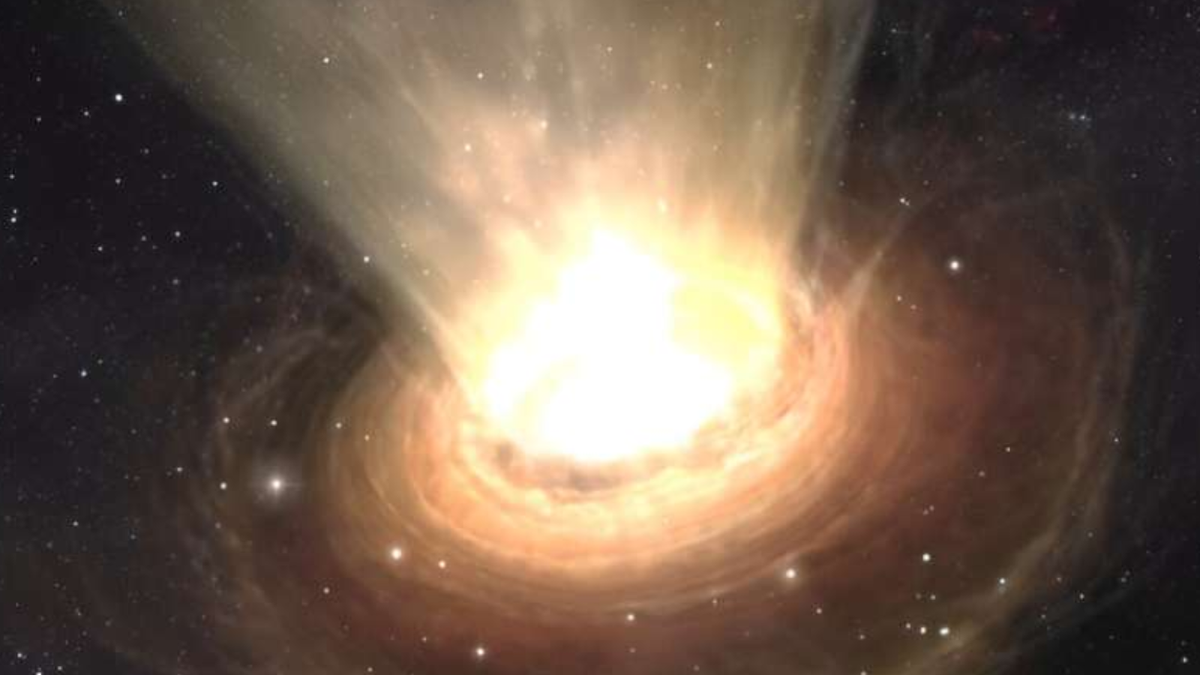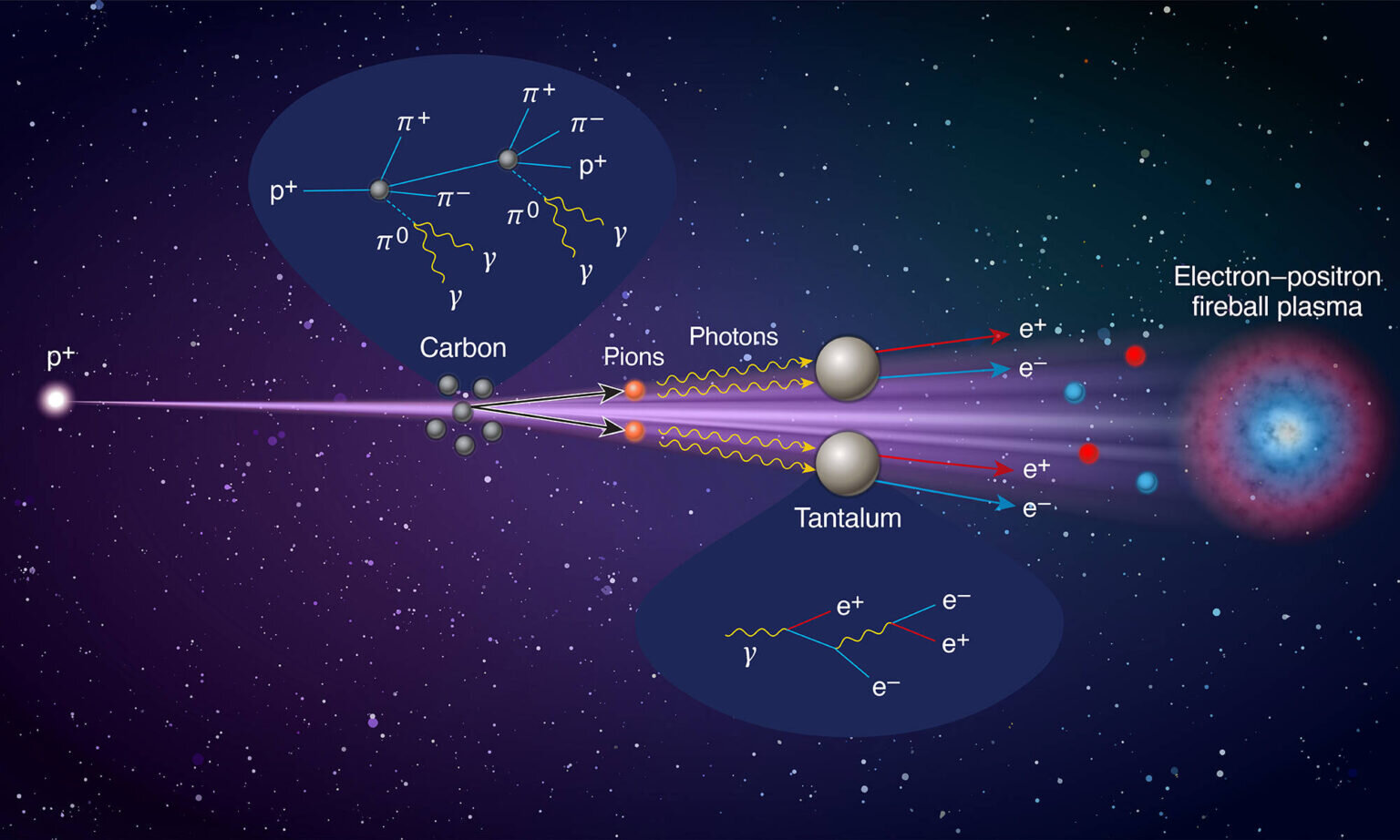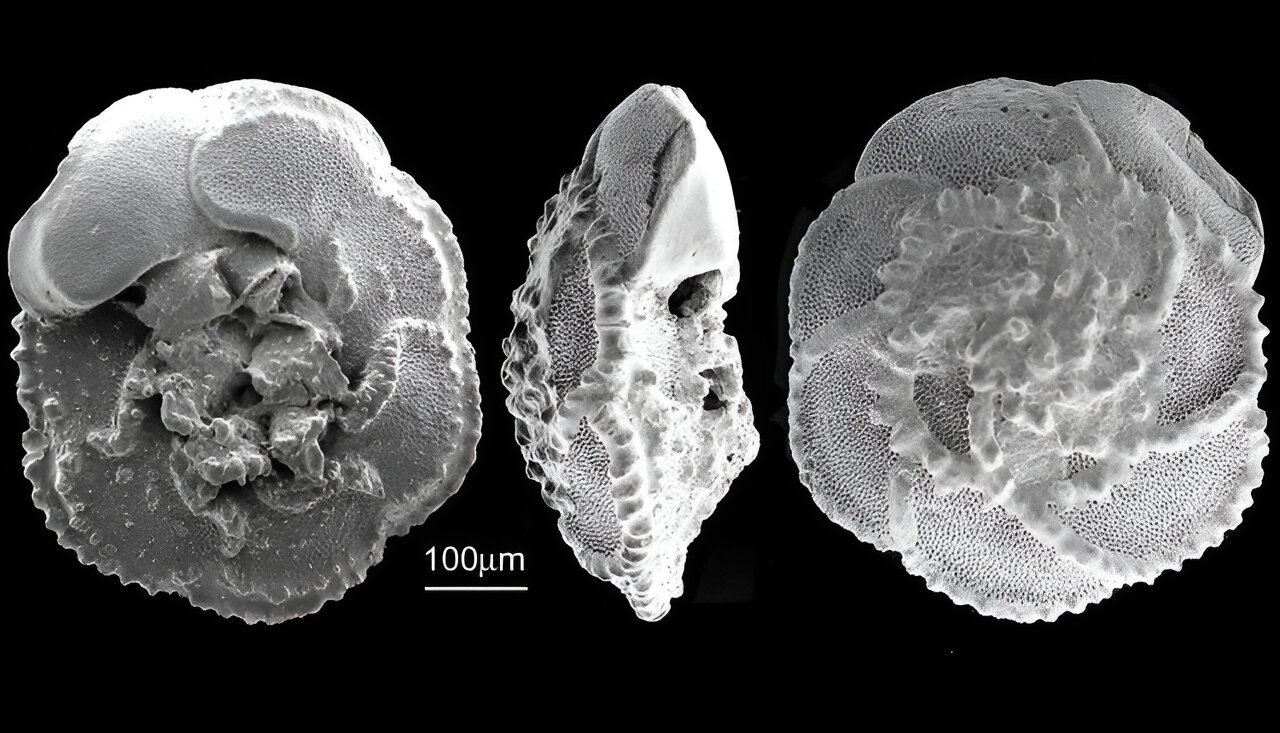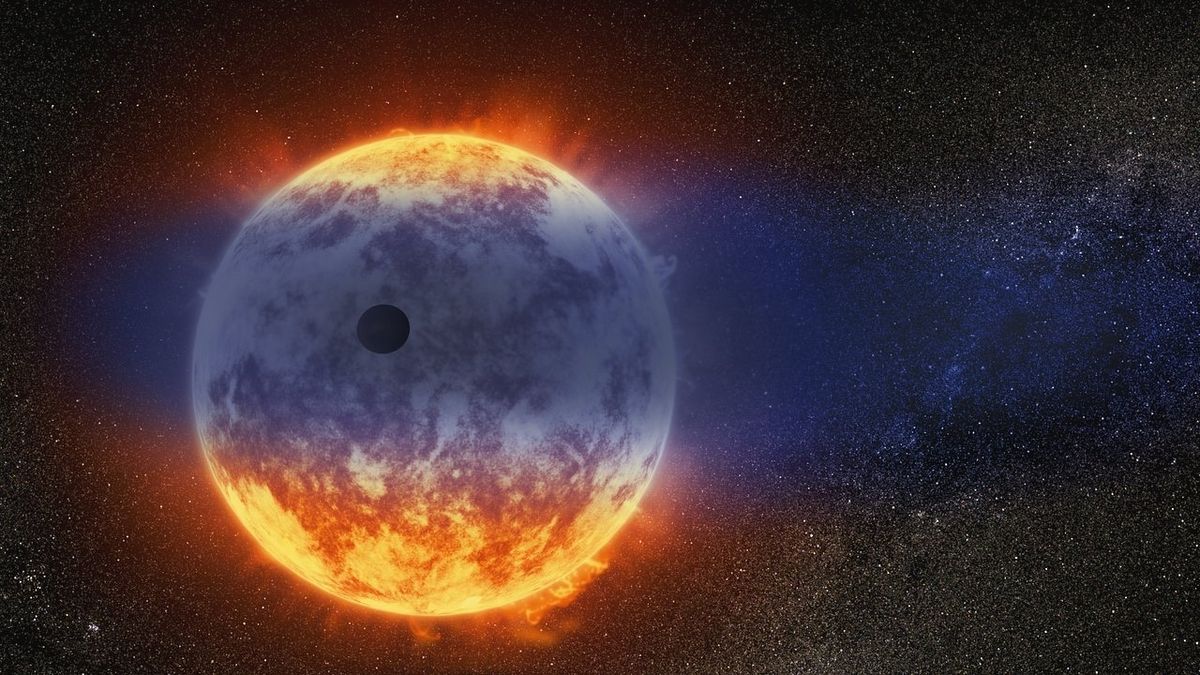The study of isotopes suggests that men and women had equal access to resources 6,000 years ago
In orange, the location of the Barmaz site, looking south. It is located on the plain, at the foot of the Chablais massif, which rises to an altitude of 2500 m. The site is divided into two contemporary burial areas called Barmaz I (dark blue) and Barmaz II (light blue) (Honegger and Desideri 2003, modified). … Read more
